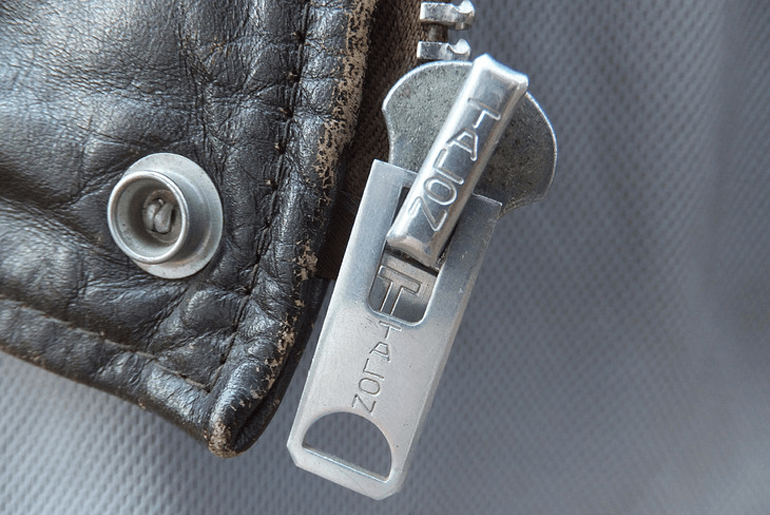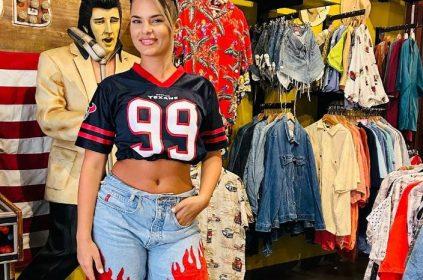Vintage clothing Vintage clothing holds great value as a genuine garment from a bygone era, so it's not enough for it to be a reproduction of an old piece that has been manufactured in modern times.
Acquiring vintage clothing is part of the sustainable fashion movement that emerged in response to fast fashion—it falls under the category of "slow fashion."
That's why it's crucial to learn how to differentiate and find any clues that indicate the presented garment as vintage was manufactured in decades prior to the 1990s.
Let's see what details indicate that we're dealing with a vintage piece.

The Label Detail
Labels made in the past were crafted with great care, and many of them were even embroidered. Brands made an effort to differentiate themselves from others, using labels to showcase their logos and the explicit quality of their materials. Even if it's a printed label, you'll notice that the typography is more romantic.
Handcrafted Work
The older a garment is, the more handcrafted work went into it. So, if you have a piece of clothing predating the industrial revolution, pay close attention to numerous handcrafted details.

Mass production didn't exist back then; it was more common to rely on local tailors and designers. However, in clothing from the 1960s onwards, this detail tends to diminish unless they are exclusive garments.
Pleats in Pants
There are details that are characteristic of different eras, such as pleats in pants. This is not commonly seen in today's clothing. Other important details include bell-bottom pants from the 70s or shoulder pads in blouses from the 80s.

Overcast Stitching
The finishing detail of the stitching on vintage clothing was less perfectionist. Nowadays, most sewing workshops have overlock machines, which have the function of overcasting, meaning they provide a finished look without excess fabric by wrapping any excess in a chain of threads, improving the finish and preventing fraying. If this type of stitching is present in the garment, it's definitely a modern piece.
Country of Origin of the Clothing
Starting from 1965, the maquila decree was established to allow foreigners to provide cheap labor to the United States for manufacturing their textiles for different fashion houses. This is why many clothing labels reveal a different place of origin than the selling country. Countries like China, Mexico, and Taiwan were the manufacturers of origin for many years. These types of agreements continue, but the current country of origin is primarily Vietnam.
At Flamingos Vintage kilo we're waiting for you.






